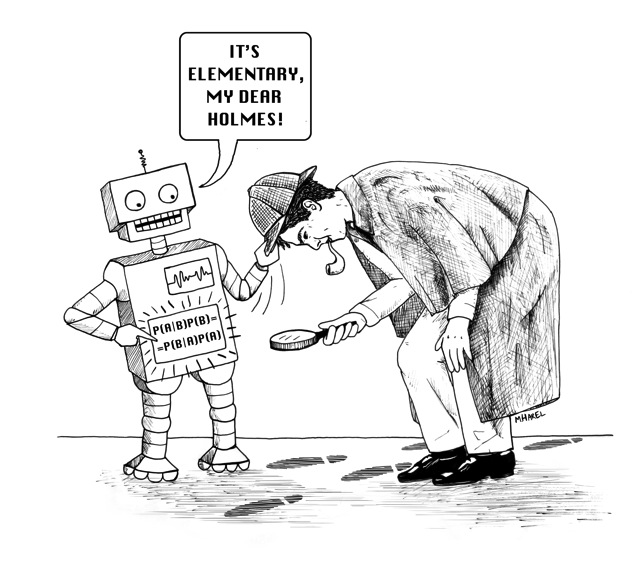Art from The Book of Why
One of the most fun things about writing The Book of Why was the opportunity to work with two talented artists, Maayan Harel and Dakota Harr. This gallery gives you a sample of their work. For more information, please visit their individual websites:
Maayan Harel: www.maayanillustration.com.
Dakota Harr: hazelhillstudios.com.
Amazing Science Art
This gallery contains a selection of other illustrations that have accompanied my writing over the years, most by other people. Some images did not appear in my articles but still seem irresistible to me.








